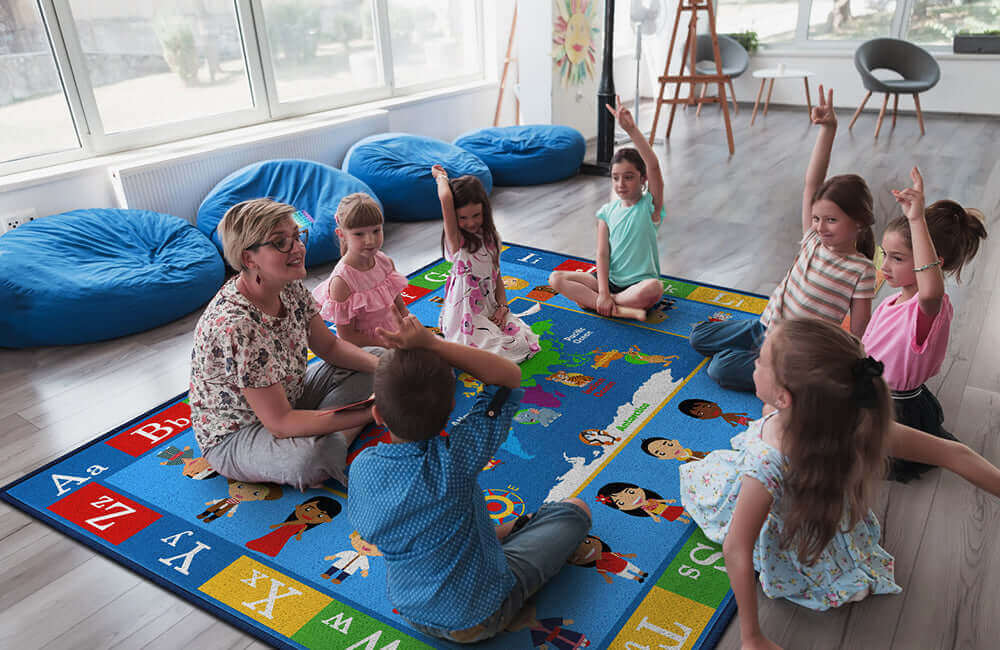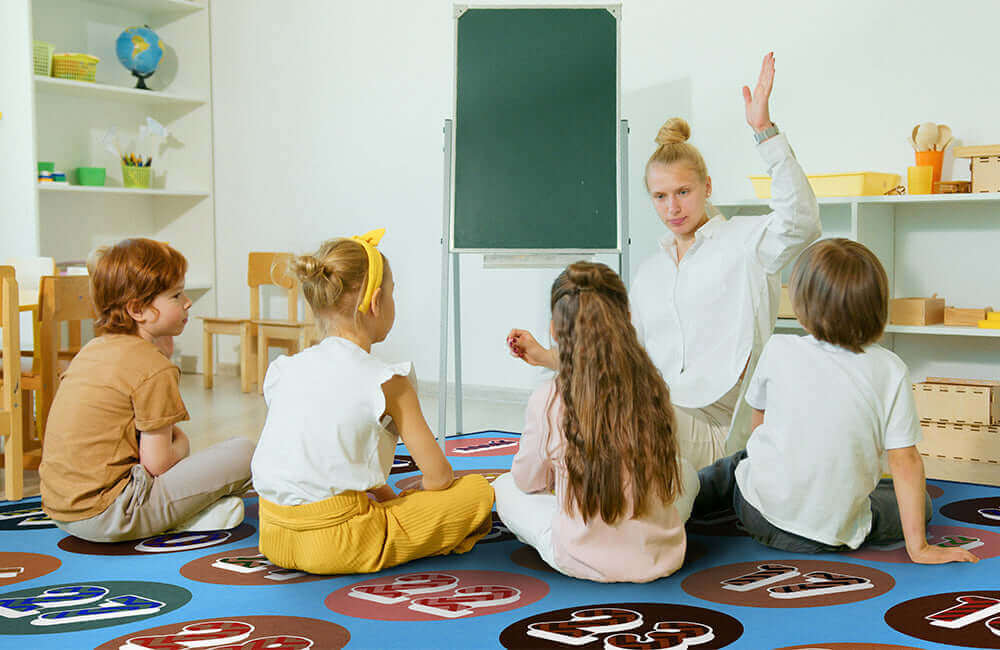Universal Design for Learning (UDL) represents a paradigm shift in education—moving away from a one-size-fits-all approach toward a flexible framework that accommodates diverse learners from the start. Rather than retrofitting lessons for students with different needs, UDL encourages educators to design learning environments that are inherently accessible to everyone. By recognizing that each student brings unique strengths, challenges, and preferences to the classroom, UDL creates more equitable and effective educational experiences.
Understanding UDL Principles
Universal Design for Learning draws inspiration from the concept of universal design in architecture—the idea that buildings should be designed from the ground up to be accessible to all people. According to Wikipedia's comprehensive entry on UDL, this framework was developed by CAST (originally the Center for Applied Special Technology) in the 1990s.
The UDL framework rests on three core principles:
- Multiple Means of Representation: Providing information and content in various formats
- Multiple Means of Action and Expression: Offering diverse ways for students to demonstrate knowledge
- Multiple Means of Engagement: Stimulating interest and motivation through various approaches
These principles are grounded in neuroscience research about how our brains learn. As Edutopia's UDL guide explains, "Different neural networks handle different aspects of learning: recognition networks identify patterns, strategic networks plan and execute actions, and affective networks determine engagement and motivation."
Multiple Means of Representation
The first UDL principle focuses on the "what" of learning—how we present information to students. Traditional education often relies heavily on text, which can create barriers for many learners.
Practical Strategies for Multiple Representation
-
Provide both visual and verbal information
- Pair text with images, diagrams, or infographics
- Include closed captions or transcripts for videos
- Offer audio versions of written materials
-
Clarify vocabulary and symbols
- Pre-teach important terminology
- Create visual glossaries
- Connect abstract concepts to concrete examples
-
Highlight patterns and relationships
- Use color-coding to show connections
- Create concept maps
- Emphasize transitions between ideas
According to Reading Rockets' article on inclusive design, "When educators provide multiple ways to present information, they're not 'watering down' content—they're making it accessible to more learners while strengthening understanding for everyone."
Classroom Examples
- Science class: Present the water cycle through text descriptions, a labeled diagram, a time-lapse video, and a physical model
- History class: Explain historical events through primary source documents, documentary clips, timelines, and narrative accounts
- Math class: Teach fractions using numerical representations, pie charts, manipulatives, and real-world division scenarios
<a id="action"></a>
Multiple Means of Action and Expression
The second UDL principle addresses the "how" of learning—the ways students demonstrate their knowledge. Traditional assessment often relies heavily on written tests or essays, which may not accurately reflect what some students know and can do.
Practical Strategies for Multiple Expression
-
Provide options for physical responses
- Allow verbal responses as alternatives to written work
- Incorporate movement-based demonstrations of knowledge
- Accept digital submissions in various formats
-
Offer tools for expression
- Provide sentence starters or paragraph frames
- Allow speech-to-text technology
- Permit graphic organizers as planning tools
-
Support executive functions
- Break larger assignments into manageable chunks
- Provide checklists and rubrics
- Set intermediate goals and checkpoints
The Education Week blog notes that "When students have multiple pathways to show what they know, assessment becomes a more accurate reflection of knowledge, not just a test of the format itself."
Classroom Examples
- Language arts: Allow students to demonstrate comprehension through written essays, podcast recordings, visual storyboards, or dramatic performances
- Social studies: Offer assessment options including research papers, documentary creation, debate participation, or museum-style exhibits
- Mathematics: Permit students to solve problems using equations, diagrams, manipulatives, or real-world applications
Multiple Means of Engagement
The third UDL principle focuses on the "why" of learning—what motivates and engages students. Learners differ significantly in what captures their interest and sustains their motivation.
Practical Strategies for Multiple Engagement
-
Optimize relevance and authenticity
- Connect learning to students' lives and interests
- Provide real-world applications and contexts
- Offer meaningful choices aligned with goals
-
Minimize threats and distractions
- Create predictable and supportive classroom environments
- Develop consistent routines with appropriate flexibility
- Provide tools for self-regulation and focus
-
Foster collaboration and community
- Design cooperative learning experiences
- Establish clear goals for group work
- Teach skills for effective collaboration
According to Understood.org's engagement strategies, "Engagement isn't about making learning 'fun' in a superficial way—it's about creating meaningful connections between content and learners."
Classroom Examples
- Science: Allow students to choose investigation topics within curriculum parameters, work in varied group configurations, and connect learning to community environmental issues
- Art: Provide options for creative expression, offer varied tools and media, and connect artistic techniques to students' cultural backgrounds
- Physical education: Offer multiple entry points to activities, create non-competitive alternatives, and emphasize personal growth rather than comparative performance
Implementing UDL in Your Classroom
Transitioning to a UDL approach doesn't happen overnight. It's an iterative process that typically follows these steps:
1. Identify Barriers in Current Curriculum
Start by examining your existing lessons and materials to identify potential barriers:
- Where do students consistently struggle?
- What aspects of lessons limit certain learners?
- Where does engagement typically drop?
2. Set Clear Goals
Articulate what you want students to learn, separating goals from the methods:
- Focus on the learning objective rather than the activity
- Distinguish between essential outcomes and preferred means
- Ensure goals are challenging but achievable for all learners
3. Develop Flexible Methods and Materials
Create multiple pathways toward your learning goals:
- Design lessons with options built in from the start
- Prepare alternative formats for key materials
- Plan for varied instructional approaches
4. Remove Unnecessary Barriers
Eliminate obstacles that don't serve learning purposes:
- Question traditional methods and formats
- Provide appropriate supports and scaffolds
- Allow tools and technologies that aid access
5. Monitor Progress and Refine Approach
Continuously evaluate the effectiveness of your UDL implementation:
- Gather feedback from students about accessibility
- Track engagement and achievement patterns
- Modify approaches based on what you learn
The CAST Professional Learning blog emphasizes that "UDL implementation is about progress, not perfection. Small strategic changes often yield significant benefits for learners."
Tech Tools Supporting UDL
Technology can be a powerful ally in implementing UDL principles, providing flexibility that would be difficult to achieve otherwise.
Text-to-Speech and Speech-to-Text
Tools like Read&Write, Natural Reader, and built-in OS accessibility features help students access written content and produce written work regardless of reading or writing challenges.
Digital Content Creation
Platforms such as Canva, Book Creator, and WeVideo enable students to demonstrate knowledge through various media formats.
Learning Management Systems
Systems like Canvas, Google Classroom, and Schoology can support UDL when they:
- Provide content in multiple formats
- Allow varied submission types
- Offer flexible timing and pacing
Assistive Technologies
Tools designed for specific needs often benefit many students:
- Text simplification tools
- Visual organization software
- Dictation programs
According to Tech & Learning magazine, "The most effective technology for UDL isn't always specialized—it's technology that builds flexibility into everyday learning."
UDL Success Stories
UDL principles have been successfully implemented across educational contexts, demonstrating their versatility and impact.
Elementary Example: Woodland Elementary
A third-grade teacher transformed her reading instruction by:
- Offering texts in print, digital, and audio formats
- Providing three different ways to demonstrate comprehension
- Creating flexible seating options to support focus
Result: Reading proficiency increased by 18% in one year, with the most significant gains among previously struggling readers.
Secondary Example: Riverview High School
A high school science department implemented UDL by:
- Developing multimodal lab instructions
- Creating choice boards for final projects
- Implementing collaborative problem-solving structures
Result: Student engagement increased markedly, and achievement gaps between general education students and those with IEPs narrowed significantly.
Higher Education Example: Westfield Community College
A mathematics department redesigned their developmental math sequence using UDL principles:
- Created multiple pathways through course content
- Developed varied practice opportunities
- Established flexible assessment options
Result: Course completion rates improved by 23%, with particularly strong gains among first-generation college students.
Conclusion
Universal Design for Learning offers a powerful framework for creating educational environments where all students can thrive. By providing multiple means of representation, action and expression, and engagement, educators can remove barriers and create more equitable learning opportunities.
Remember that implementing UDL is a journey, not a destination. Start with small, strategic changes in your highest-priority areas, and gradually expand your approach. Each step toward greater accessibility benefits not just students with identified needs but every learner in your classroom.
For more information on creating inclusive learning environments, explore our related articles:




Leave a comment
This site is protected by hCaptcha and the hCaptcha Privacy Policy and Terms of Service apply.